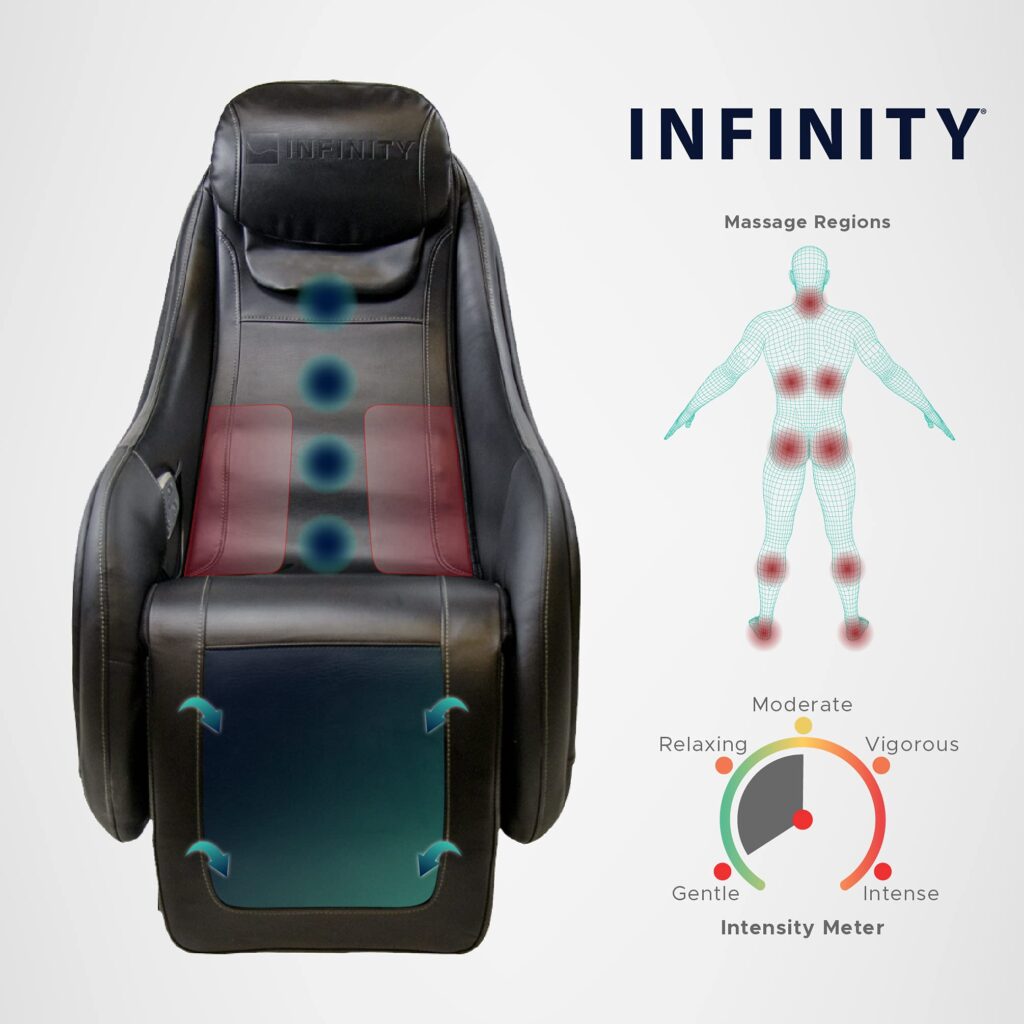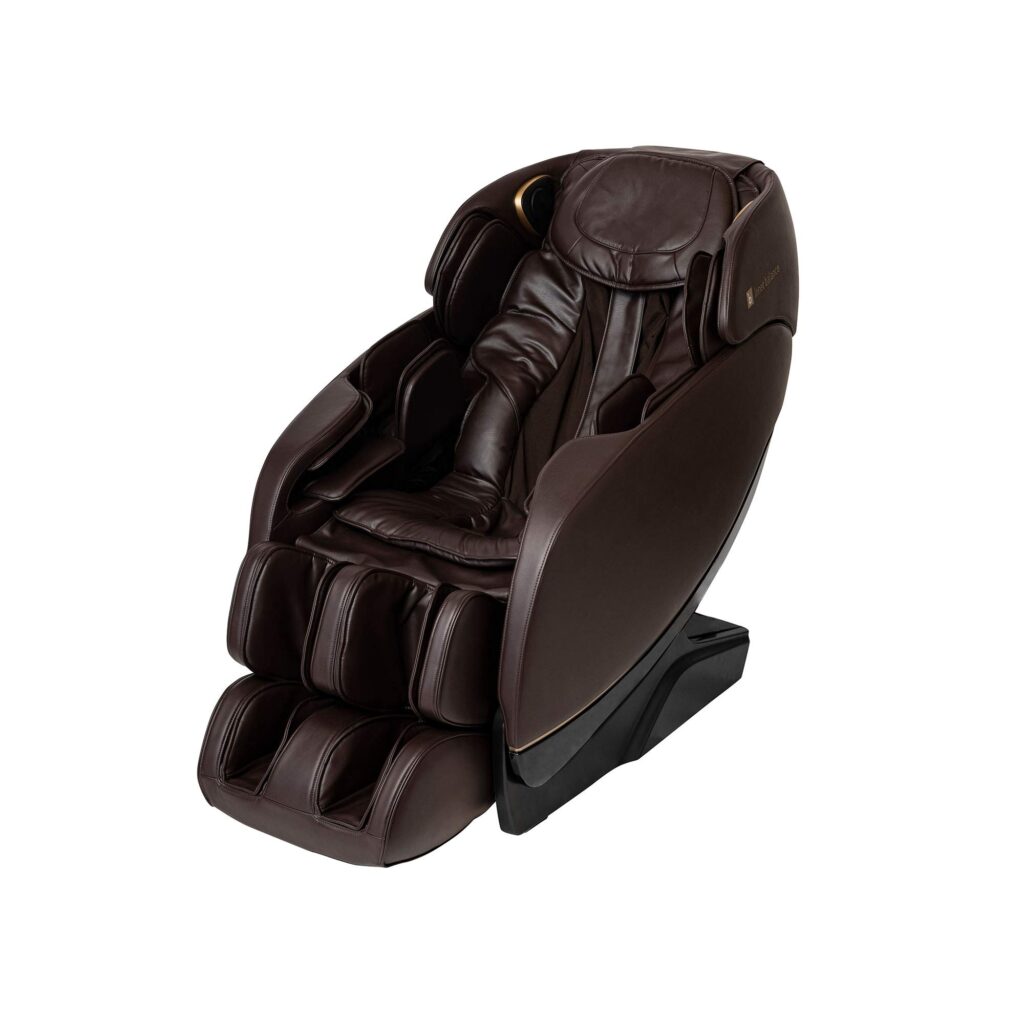
Vibration and compression are both popular techniques which is better for relaxation and therapeutic purposes. Each has its own set of benefits and is suited for different situations and needs. Let’s delve into the differences between the two and determine which might be better for relaxation.
Vibration
What is it?
Vibration therapy involves the use of vibrating devices or platforms to deliver vibrations to the body. These vibrations can vary in intensity and frequency.
Benefits
- Muscle Relaxation: Vibration can help relax tight muscles and reduce muscle spasms.
- Increased Circulation: The rapid contraction and relaxation of muscles during vibration can boost blood flow.
- Bone Density: Some studies suggest that vibration therapy can improve bone density in certain individuals.
- Flexibility: Regular vibration therapy can enhance flexibility by relaxing the muscles.
Disadvantages
- Not suitable for everyone, especially those with certain medical conditions.
- Overuse can lead to muscle soreness.
Compression
What is it?
Compression therapy involves the use of wraps, sleeves, or inflatable devices to apply pressure to specific areas of the body.
Benefits
- Reduced Swelling: Compression can help reduce edema or swelling by promoting fluid movement.
- Improved Circulation: It aids in pushing blood back to the heart, especially from the legs.
- Muscle Recovery: Athletes often use compression garments post-workout to speed up recovery.
- Varicose Veins: Compression stockings can help manage and prevent the progression of varicose veins.
Disadvantages
- Can be uncomfortable if the pressure is too high.
- Not suitable for those with certain circulatory problems.
Which is Better for Relaxation?
The answer largely depends on individual needs.
For Muscle Tension: Vibration might be more effective as it directly targets muscle fibers, promoting relaxation.
For Swelling or Edema: Compression would be the go-to choice as it aids in fluid movement.
For General Relaxation: Both can be effective. It might be beneficial to try both and see which one feels more relaxing.
Vibration and Compression Technique Relaxation Effects
Vibration and compression are both therapeutic techniques that have been employed for relaxation and recovery. Each method has unique mechanisms of action, and their effects on the body can vary. Here’s a detailed look at the relaxation effects of both techniques
Vibration technique for relaxation purposes
The vibration technique for relaxation is a method that uses rhythmic vibrations to stimulate the body and mind, promoting relaxation and well-being. This technique can be applied in various ways, including through handheld devices, specialized chairs, or even sound waves. Here’s a detailed overview:
Understanding the Vibration Technique
Principle: The basic idea behind the vibration technique is that rhythmic vibrations can stimulate the body’s sensory receptors, leading to relaxation and a reduction in stress. This is similar to how some people find the rhythmic motion of a rocking chair or the hum of a car engine soothing.
Benefits
Physical: Can help in muscle relaxation, increased blood circulation, and pain relief.
Mental: Can lead to reduced stress and anxiety, improved mood, and better sleep.
Methods of Application
Handheld Vibrating Devices: These are often used in massage therapy. They can target specific areas of the body, like the back or neck, to provide localized relief.
Vibration Chairs: These chairs offer a full-body experience. They often come with various settings to adjust the intensity and pattern of the vibrations.
Sound Therapy: This involves using sound waves at specific frequencies to produce vibrations. Gongs, singing bowls, and tuning forks are traditional instruments used for this purpose.
Whole Body Vibration (WBV) Platforms: These are platforms you can stand, sit, or lie on. They vibrate at different frequencies and intensities, providing benefits like improved muscle strength and balance.
Safety and Precautions
Duration: It’s essential to follow recommended durations for each session to avoid overstimulation or muscle strain.
Medical Conditions: People with certain medical conditions, like deep vein thrombosis or recent fractures, should consult with a healthcare professional before trying vibration therapy.
Intensity: Start with a lower intensity and gradually increase as your body gets accustomed to the vibrations.
Understanding the Compression Technique
Principle: Compression involves applying direct pressure to specific areas, often using the hands, elbows, or specialized tools. This pressure can help increase blood flow, release tension in muscles and fascia, and stimulate the body’s natural relaxation responses.
Benefits
Physical: Helps in releasing muscle knots, improving circulation, and reducing physical tension.
Mental: Can lead to a feeling of deep relaxation, reduced stress, and a clearer mind.
Methods of Application
Manual Compression: Often used in massage therapy, where the therapist uses their hands, fingers, or elbows to apply pressure to specific areas.
Compression Tools: Devices like foam rollers, massage sticks, and balls can be used to apply pressure to various parts of the body. These tools can be especially useful for self-massage.
Compression Wraps: These are elastic bandages or specialized garments that provide consistent pressure to a body part, often used for reducing swelling or promoting circulation.
Pneumatic Compression: Devices that use air to inflate and deflate, providing rhythmic compression. These are often used in medical settings for conditions like lymphedema.
Safety and Precautions
Intensity: It’s essential to ensure that the pressure applied is comfortable and not causing pain. If it hurts, it’s too much.
Duration: Prolonged compression, especially with wraps or pneumatic devices, should be monitored to ensure no adverse effects like numbness or decreased circulation.
Medical Conditions: Individuals with conditions like blood clots, certain types of injuries, or skin conditions should consult with a healthcare professional before undergoing compression therapy.
Areas to Avoid: Be cautious when applying compression near bony prominences, sensitive areas, or areas with reduced sensation.
Checkout the Best Massage Chair for Short Person
Massage Chairs That Perform Vibration and Compression

Massage chairs have evolved significantly over the years, incorporating various techniques to provide users with a comprehensive relaxation experience. Among the techniques they employ, vibration and compression are two of the most common. Here’s a detailed look at massage chairs that perform both vibration and compression:
2 Massage Chairs That Perform Vibration and Compression
Infinity Riage CS Compact Shiatsu Full Body Massage Chair

The Infinity Riage CS Compact Shiatsu Full Body Massage Chair is designed for comfort, convenience, and performance. Despite its compact design, it’s one of Infinity’s high-end chairs. The chair offers various massage techniques ranging from kneading to shiatsu. Additionally, it features rocking technology, calf vibration, an L-track for back comfort, zero-g recline, lumbar heat, and an adjustable pillow. All these features are offered at an affordable price given its range of functionalities.
Jin 2.0-Deluxe Heated SL Track Zero Wall Massage Chair

The Jin 2.0-Deluxe Heated SL Track Zero Wall Massage Chair is a high-end model designed to provide the best massage experience. It comes with six automated courses, allowing users to choose their ideal massage. The chair incorporates various massage styles, including optimized armrests and full-body compression. It also offers a zero-g feature and Bluetooth-supported speakers to enhance the relaxation experience.
FAQS
What is the primary difference between vibration and compression techniques?
Vibration involves rhythmic oscillations or shaking motions applied to parts of the body, while compression involves applying pressure to specific areas, either manually or using devices.
How does vibration promote relaxation?
Vibrations stimulate the skin’s sensory receptors, producing a soothing sensation. They can also enhance blood flow, relax tense muscles, and reduce pain perception.
How does compression contribute to relaxation?
Compression acts as an external pump, enhancing blood and lymphatic flow. It provides a deep pressure sensation, which can be calming and helps in muscle recovery and joint mobilization.
Are there any risks associated with vibration therapy?
While vibration is generally safe, overexposure or incorrect use can lead to discomfort or muscle strain. It’s essential to use vibration therapy correctly and in moderation.
Can compression be harmful if applied too intensely?
Yes, excessive compression can lead to numbness, decreased circulation, or even bruising. It’s crucial to ensure that the pressure applied is comfortable and not causing pain.
Which technique is more effective for deep tissue relaxation: vibration or compression?
Both techniques offer deep tissue relaxation, but their effectiveness can vary based on individual preferences and specific conditions. Some people might find compression more effective for deep-seated tension, while others might prefer the rhythmic nature of vibration.
Can vibration and compression be combined for enhanced relaxation?
Yes, many therapeutic modalities and massage chairs combine both techniques to offer a comprehensive relaxation experience, targeting muscle tension effectively and providing deep relaxation.
